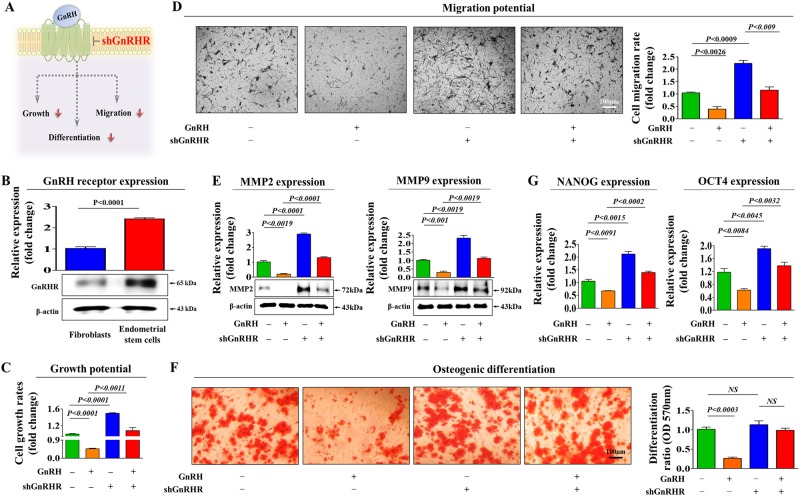Fig. 2. GnRH inhibits multiple beneficial stem cell functions through its cognate receptor.
Schematic representation of the experimental protocol as described in the materials and methods section (a). Fibroblasts and endometrial stem cells were incubated under standard culture conditions, and the expression levels of GnRH-R were assessed by western blotting (b). Endometrial stem cells were treated with 1 µM GnRH alone or in combination with shRNA targeting GnRH-R; subsequent changes in cell viability were measured by an MTT assay (c). Changes in migratory capacity were measured by the transwell assay (d) and western blotting for MMP-2 and MMP-9 (e). The ability of GnRH-R knockdown to attenuate the GnRH-induced suppression of osteoblast differentiation was determined by alizarin red staining. The relative quantification of calcium mineral content was performed by measuring the absorbance at 570 nm (f). Real-time PCR results showed the changes in the expression of the stem cell markers NANOG and OCT4 after GnRH treatment for 72 h alone or in combination with GnRH-R shRNA (g). β-actin was used as the internal control. The data are presented as the mean ± SD of three independent experiments

